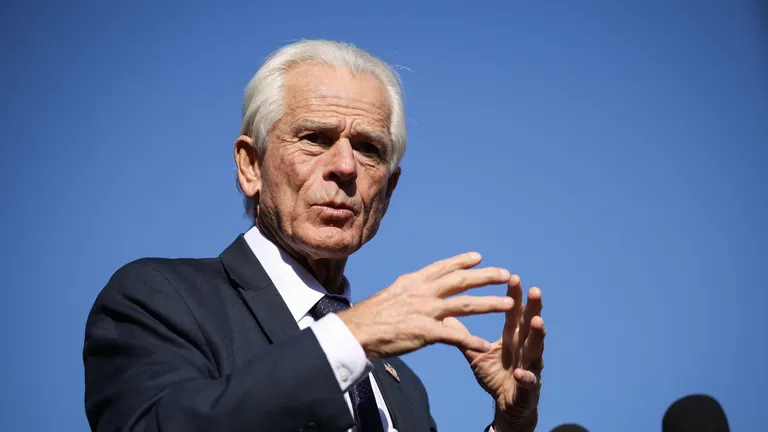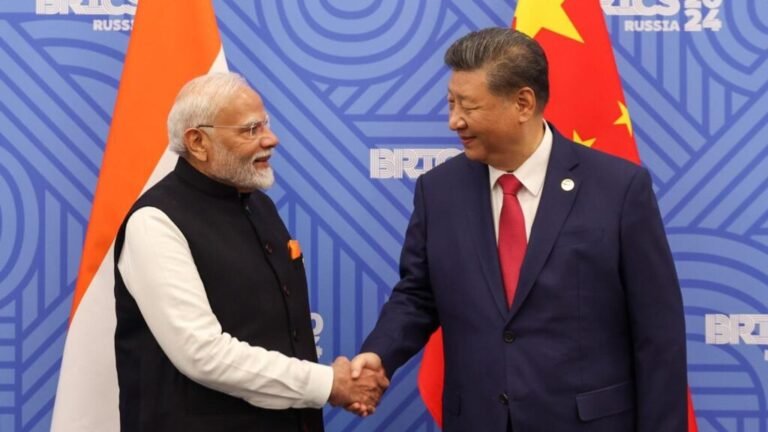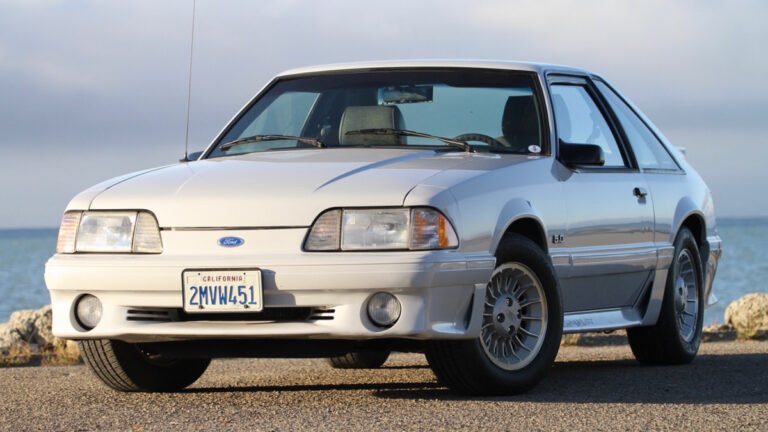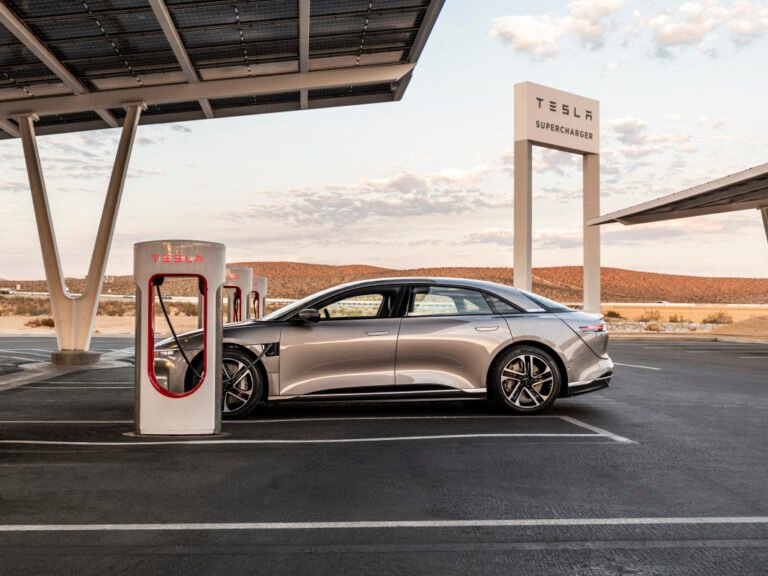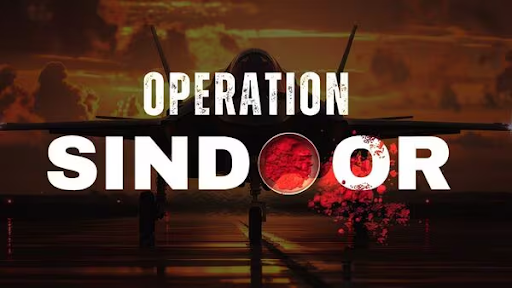
In the aftermath of the terror attack in Pahalgam and India’s military response through “Operation Sindoor,” the spotlight has turned once again to India-Pakistan hostilities. As missile exchanges and drone strikes escalate, the looming fear of full-scale conflict raises an important question: What is the real cost of war? While national defence is imperative, the economic, social, and human costs of conflict often go unacknowledged in public discourse.
This article examines the financial burden of war on India, concentrating on defense spending, trade disruptions, and the impact on civilian livelihoods. It argues for a nuanced understanding of security that includes economic stability, social welfare, and diplomatic credibility.

India’s Defence Budget: Security vs Social Investment
India’s defence budget for 2025-26 is approximately ₹6.81 lakh crore, accounting for 13.45% of the total central government expenditure. This positions India as the world’s fourth-largest military spender after the United States, China, and Russia. Investments include modern fighter jets like the Rafale, missile defence systems, naval ships, and border infrastructure enhancements.
Pakistan, though militarily smaller, spends around USD 9 billion, a significant share of its GDP. Despite the difference in size, both countries allocate considerable national resources toward military preparedness.
However, defence spending comes at an opportunity cost. In India, the same funds could support public healthcare, rural employment, education, and infrastructure, areas that remain underfunded despite growing national needs.
The Price of a Full-Scale Conflict
According to security experts, a 30-day full-scale war between India and Pakistan could cost India up to USD 400 billion, including immediate military expenditures and long-term economic losses (Sharma, 2023). These include:
- Logistics, fuel, and troop deployment
- Loss and replacement of military equipment
- Damage to civilian and defence infrastructure
- Displacement and rehabilitation of affected populations
- Investor panic, currency depreciation, and market instability
- Decline in GDP growth and employment
Inflationary pressures, a fall in FDI, and disruptions in supply chains would further derail India’s post-COVID economic recovery. Recovery from such a war could take years, especially for a country still battling unemployment and rural distress.

Trade and Economic Interdependence: A Missed Opportunity
India-Pakistan trade, which once held promise for regional integration, has remained a casualty of geopolitics. In 2024, bilateral trade stood at just USD 1.2 billion, mostly routed indirectly via Dubai or Singapore due to the breakdown of formal diplomatic channels.
The impact of war and rising tensions includes:
- Halt in border trade through the Attari-Wagah corridor
- Loss of export markets for small-scale Indian businesses
- Disruption of supply chains, especially in textiles and generic pharmaceuticals
- Missed economic cooperation under SAARC
While ASEAN countries conduct over 25% of their trade intra-regionally, SAARC trade remains stagnant at just 5%. The World Bank estimates that India and Pakistan could gain USD 37 billion annually through normalized trade relations, with the total potential for South Asia exceeding USD 67 billion (Kathuria, 2020). War keeps this opportunity perpetually out of reach.
Livelihood Disruption: The Human Cost of Conflict
In conflict-prone regions such as Jammu & Kashmir, Punjab, and Rajasthan, war hits ordinary lives the hardest. The economic disruptions for civilians include:
- Forced evacuation of villages near the Line of Control (LoC)
- Shutdown of schools, healthcare centres, and local markets
- Loss of income for farmers, daily wage workers, artisans, and porters
- Decline in tourism, especially in Kashmir, which impacts hotels, transport, and handicrafts
- Destruction of agricultural land and livestock
These regions, already vulnerable due to geography and limited employment opportunities, suffer long-term economic setbacks. Women and children are especially affected as access to education, healthcare, and nutrition services declines during periods of tension. Many civilians displaced during conflicts receive no long-term rehabilitation or income support, widening rural distress.
Balancing Security and Development Goals
India is a military powerhouse with 1.45 million active personnel and advanced air, land, and naval systems. Yet, it continues to grapple with basic development challenges: 10% of the population lives in poverty, health infrastructure remains overstretched, and unemployment among youth remains high.
|
Metric |
India |
Pakistan |
|
Defence Budget |
$77.4 billion |
$9 billion |
|
Active Personnel |
1.45 million |
654,000 |
The key debate is not whether India can win a war, but whether it should invest more in arms or in building human capital, education, healthcare, and rural infrastructure. Over-militarisation risks crowding out vital social spending, delaying India’s journey toward becoming a $5 trillion economy.
Diplomatic and Global Image Costs
A sustained military conflict could also harm India’s diplomatic relations. The global community, including the UN, G7 nations, and South Asian neighbors, has voiced concern over escalating tensions.
India’s long-term aspiration to become a Vishwaguru (a global leader) rests on its ability to ensure regional peace, economic leadership, and democratic stability. Frequent wars risk eroding international trust and reducing investor confidence in India’s long-term stability.

Conclusion: Peace as a Strategic Investment
Defending the nation is a fundamental duty. However, in a country like India, where millions still struggle with poverty and unemployment, every rupee spent on war must be weighed against the potential to build schools, hospitals, and jobs.
War imposes not just a financial cost, but a moral one. It disrupts lives, shatters economies, and delays progress. The greatest strength of a nation is not merely its arsenal, but its ability to grow peacefully, lift people out of poverty, and lead through wisdom, not aggression.
Peace is not the absence of power; it is the intelligent use of it. It’s time we recognised that in today’s world, the true cost of war is far greater than it appears, and the returns from peace are too valuable to ignore.
Written by – Maria Mabood Yazdani
Edited by – Srimoyee Palit
The post The Cost of War on India appeared first on The Economic Transcript.
